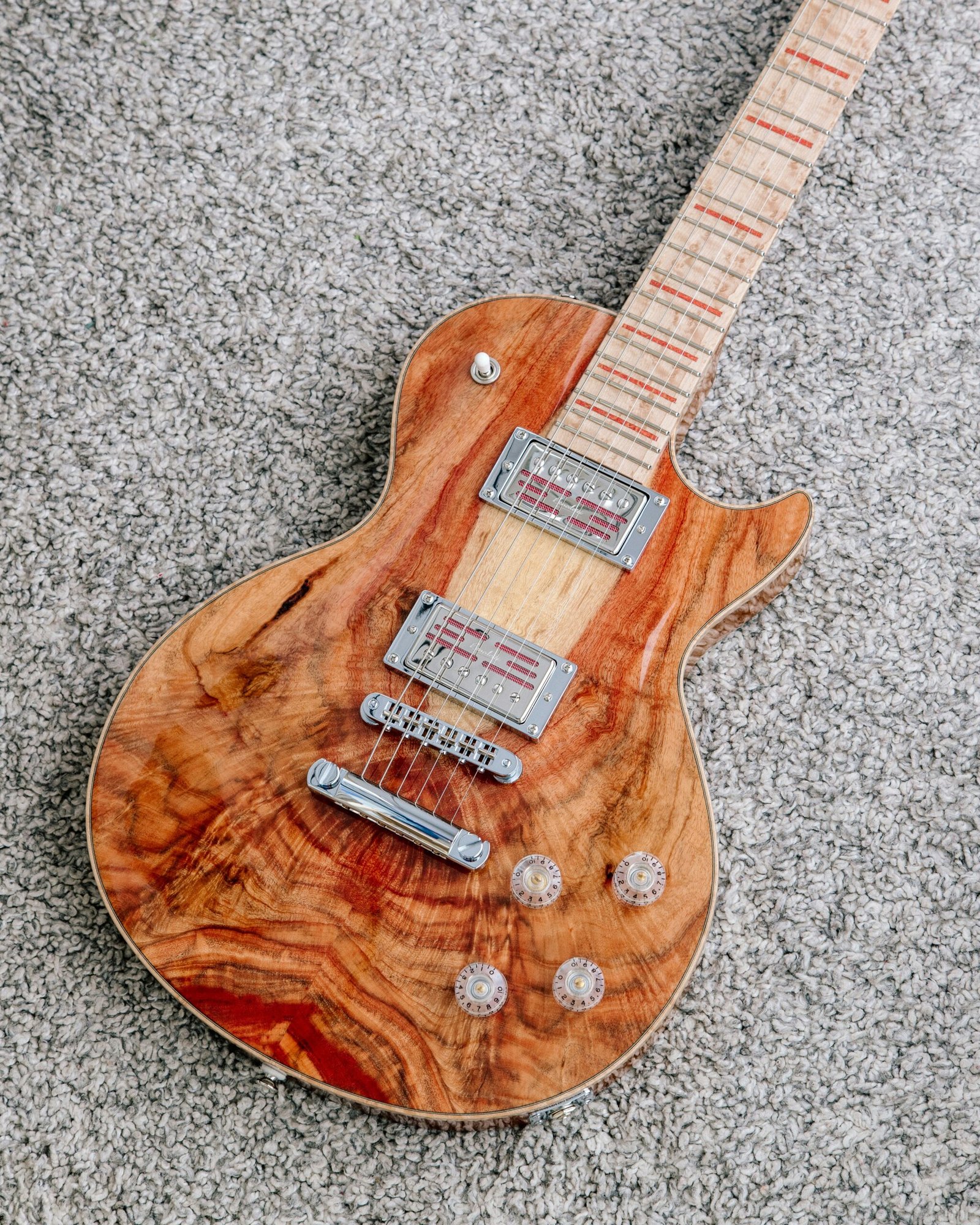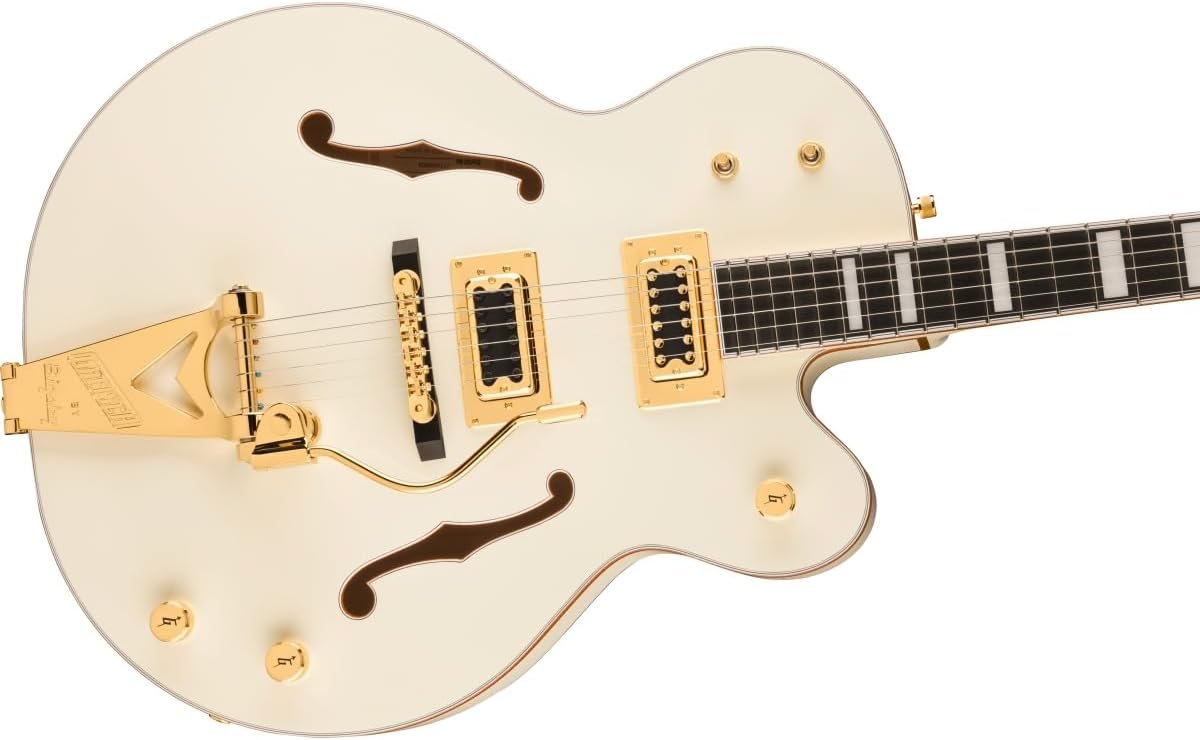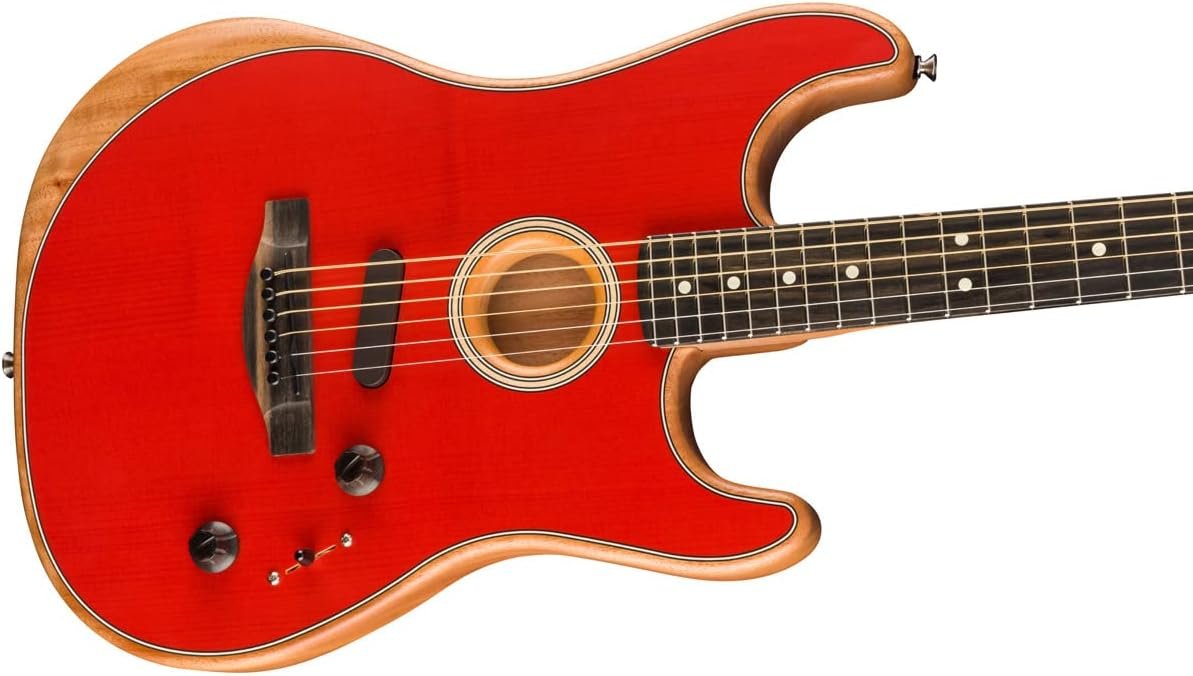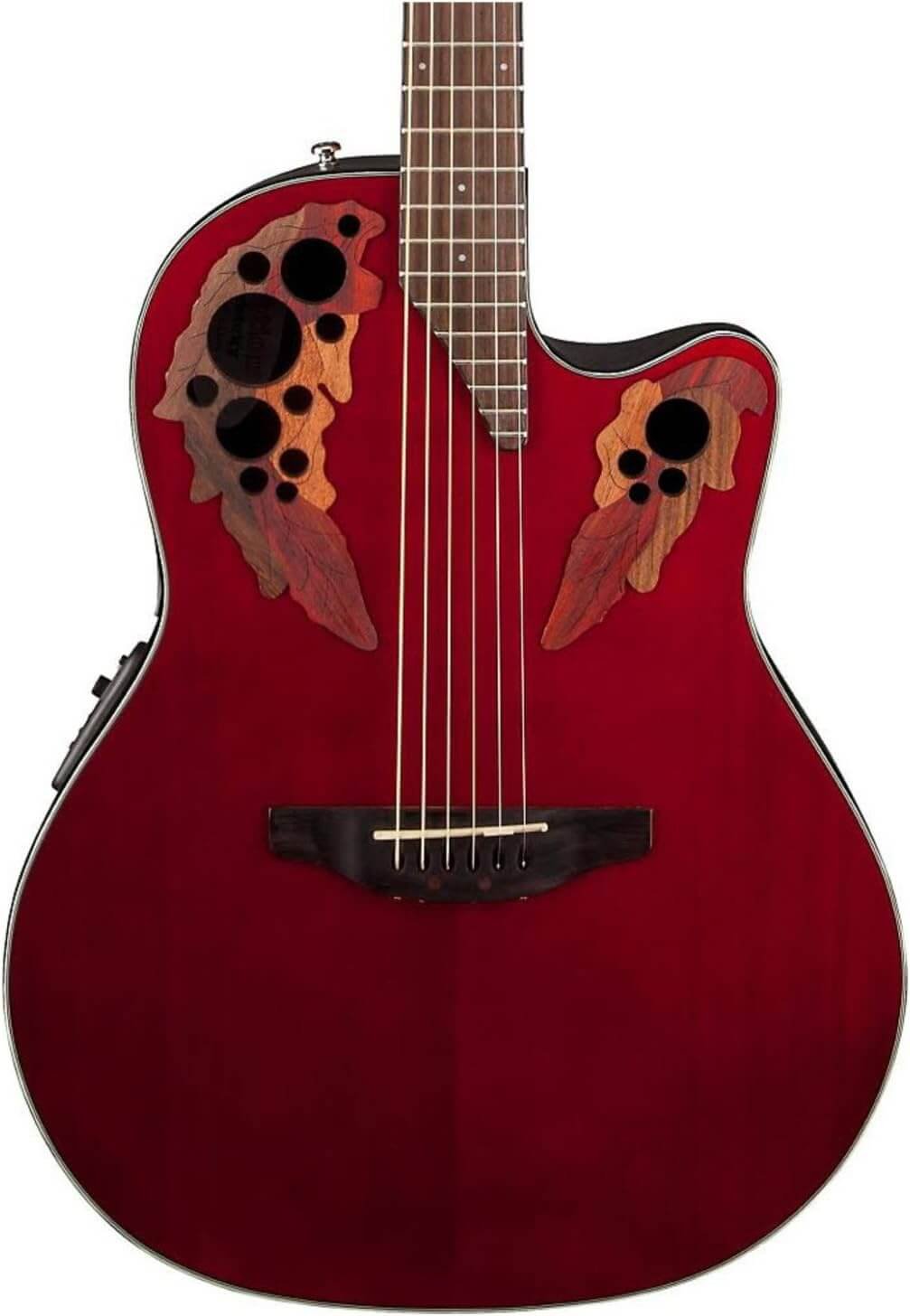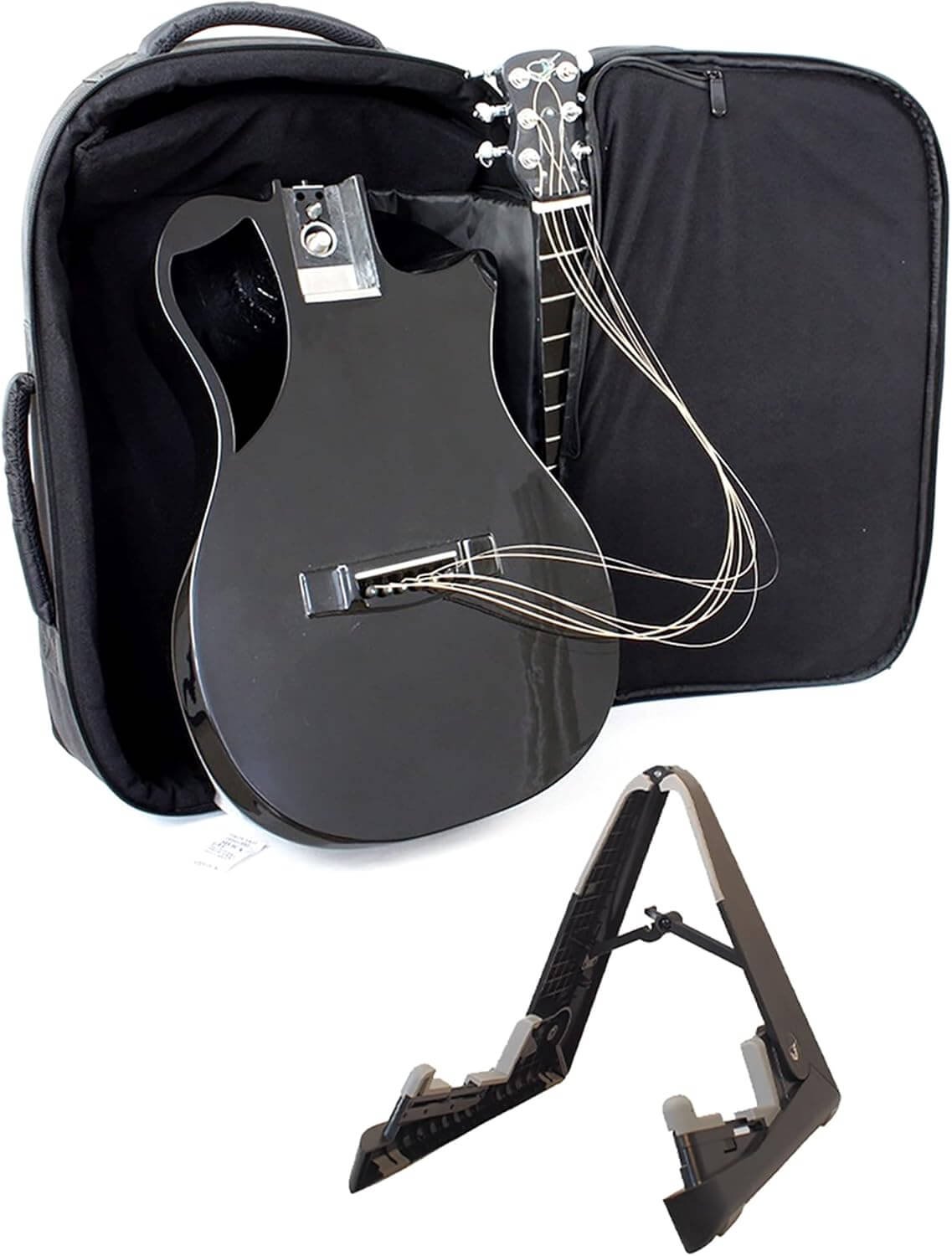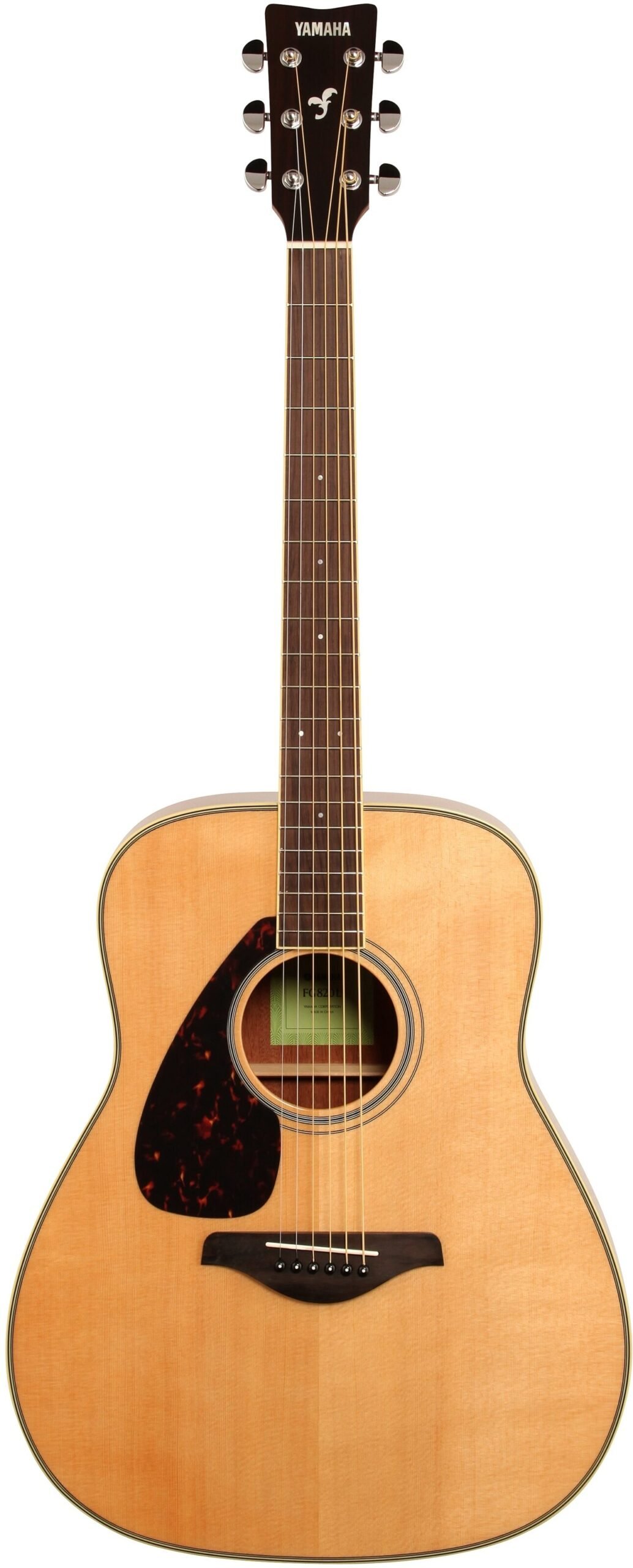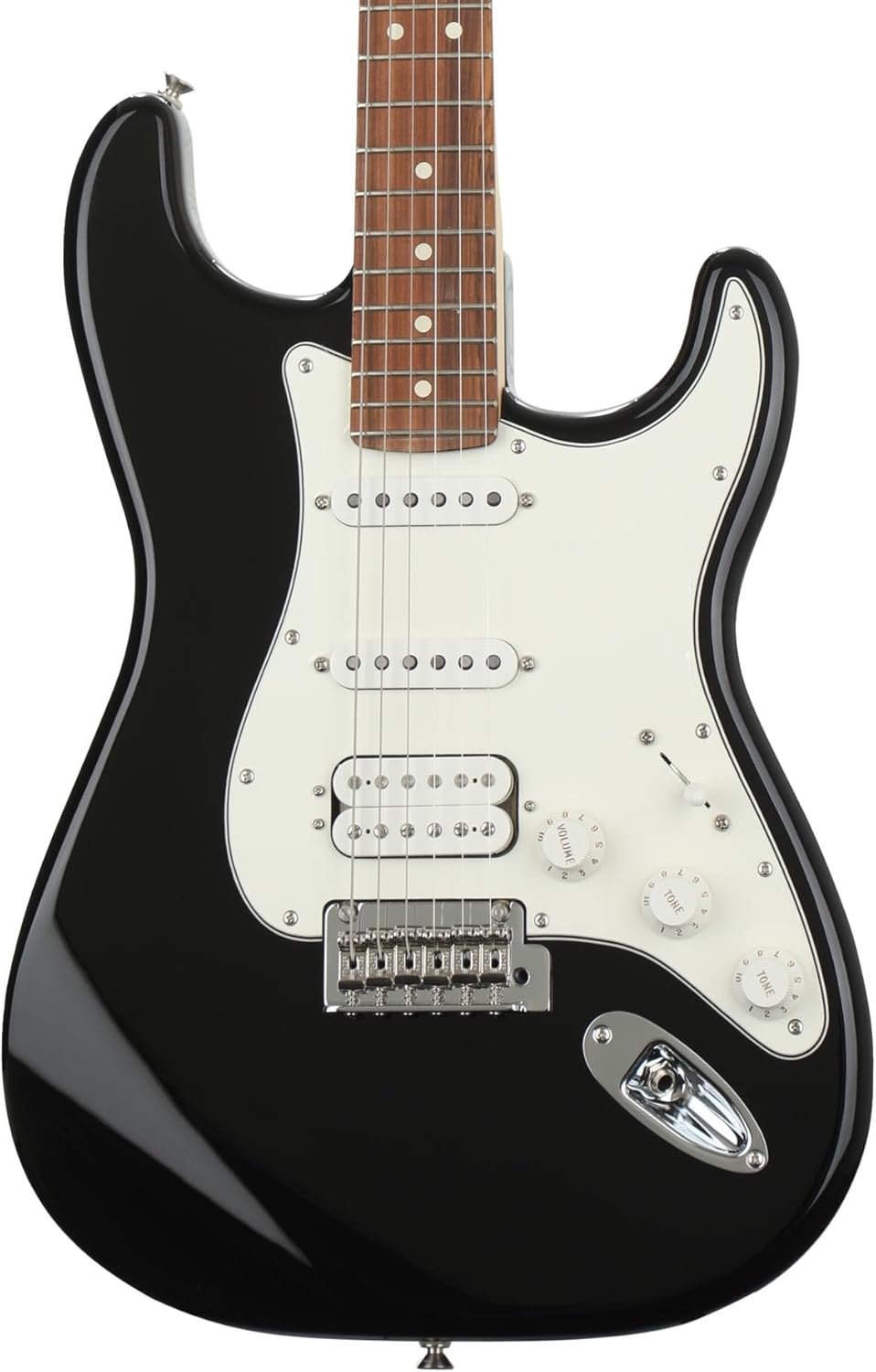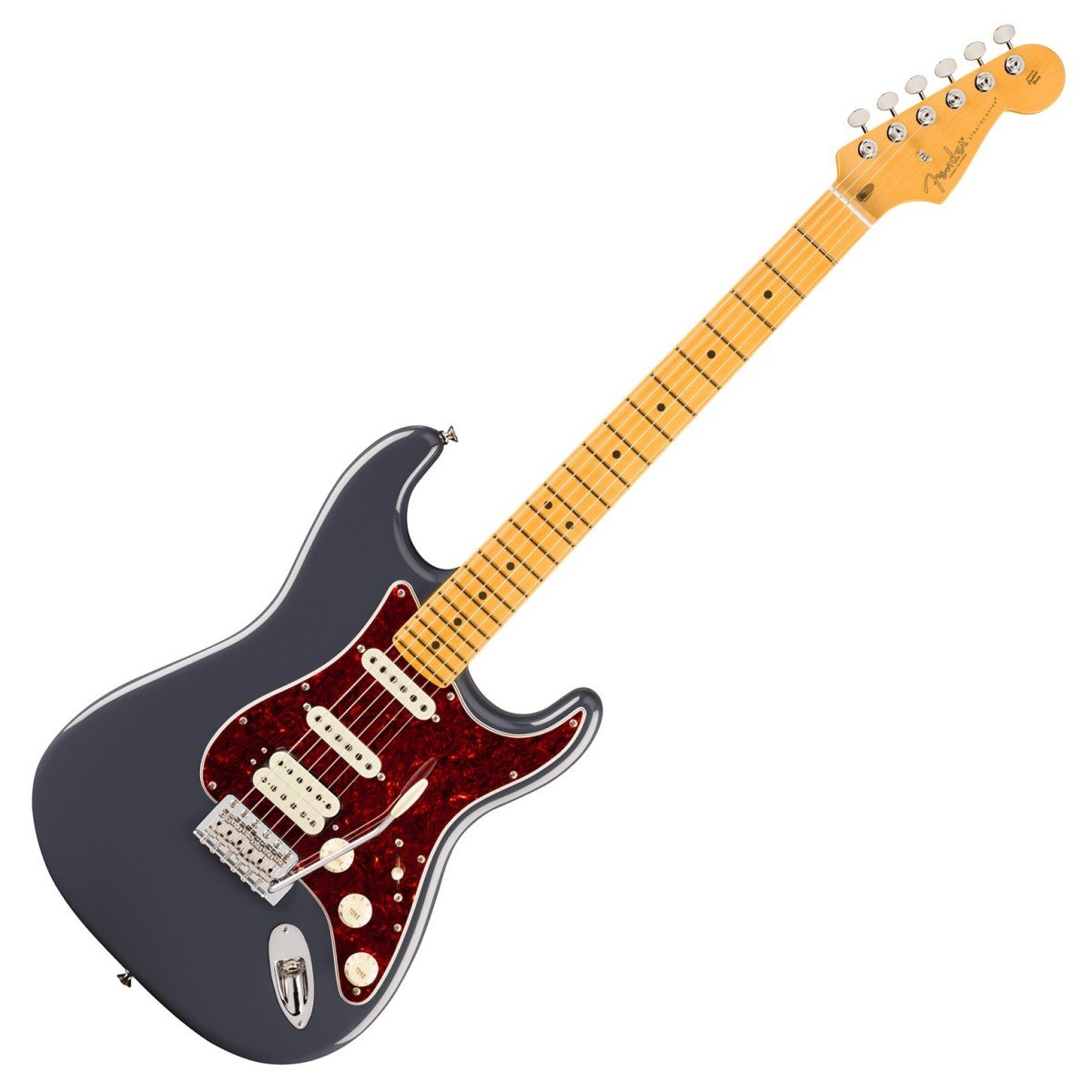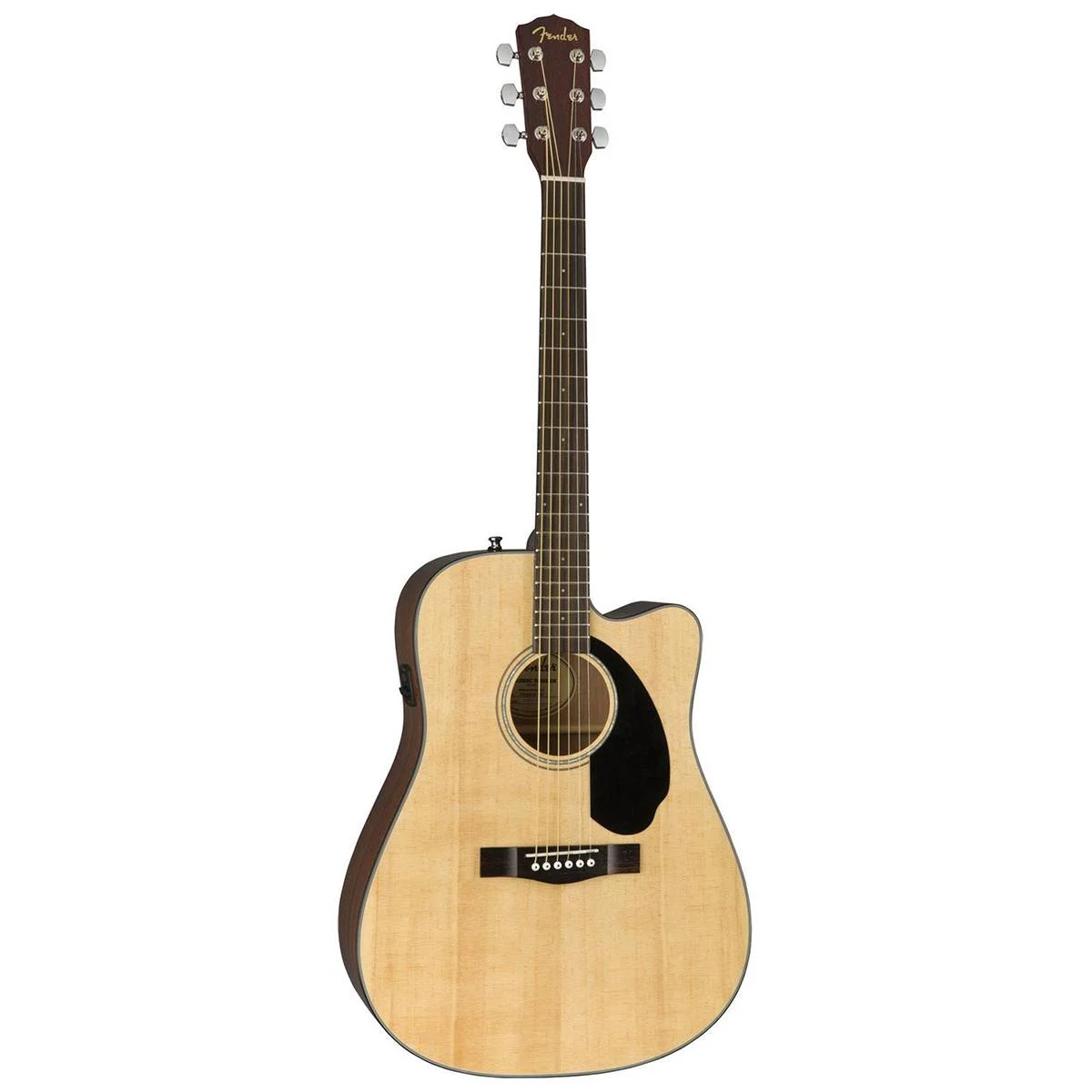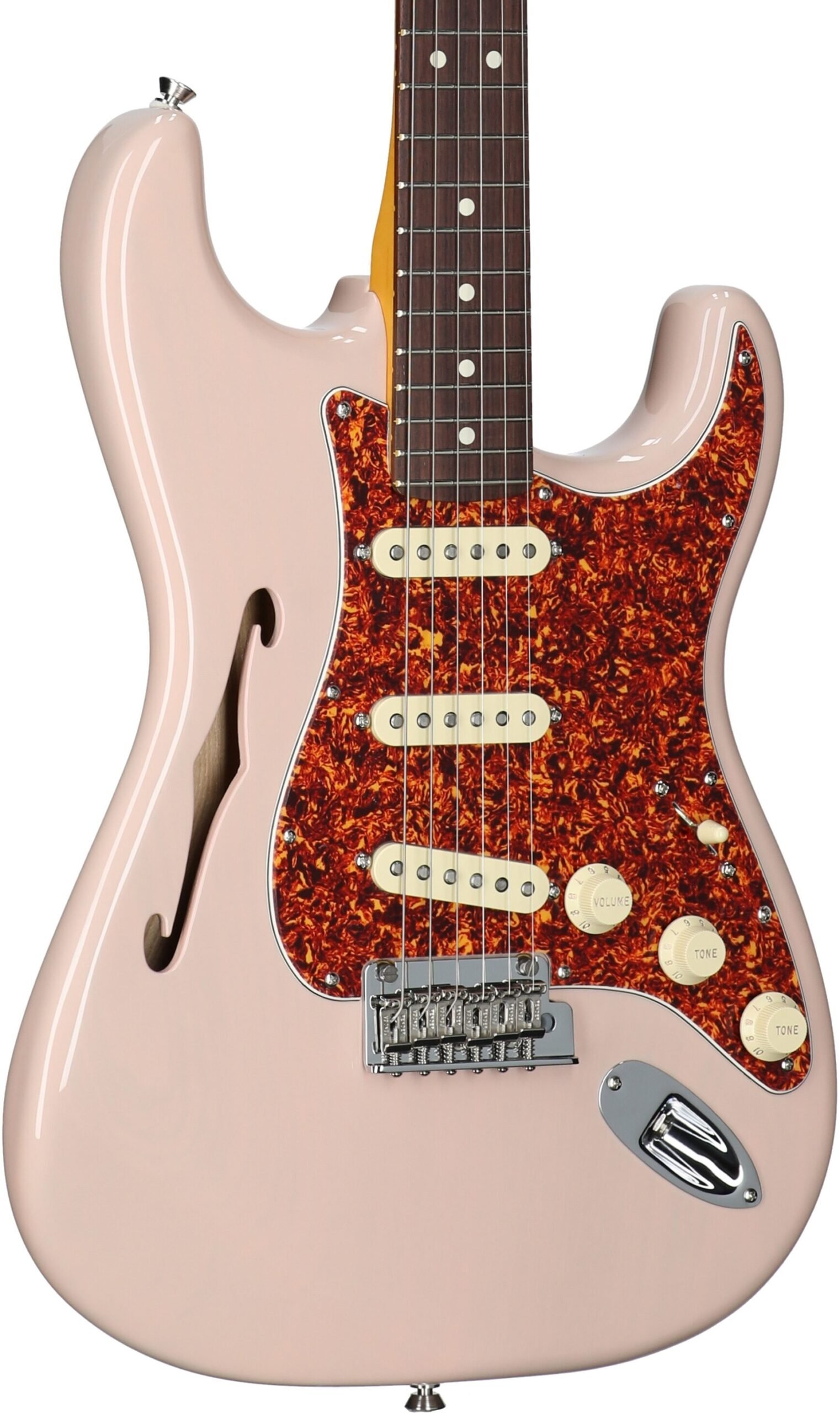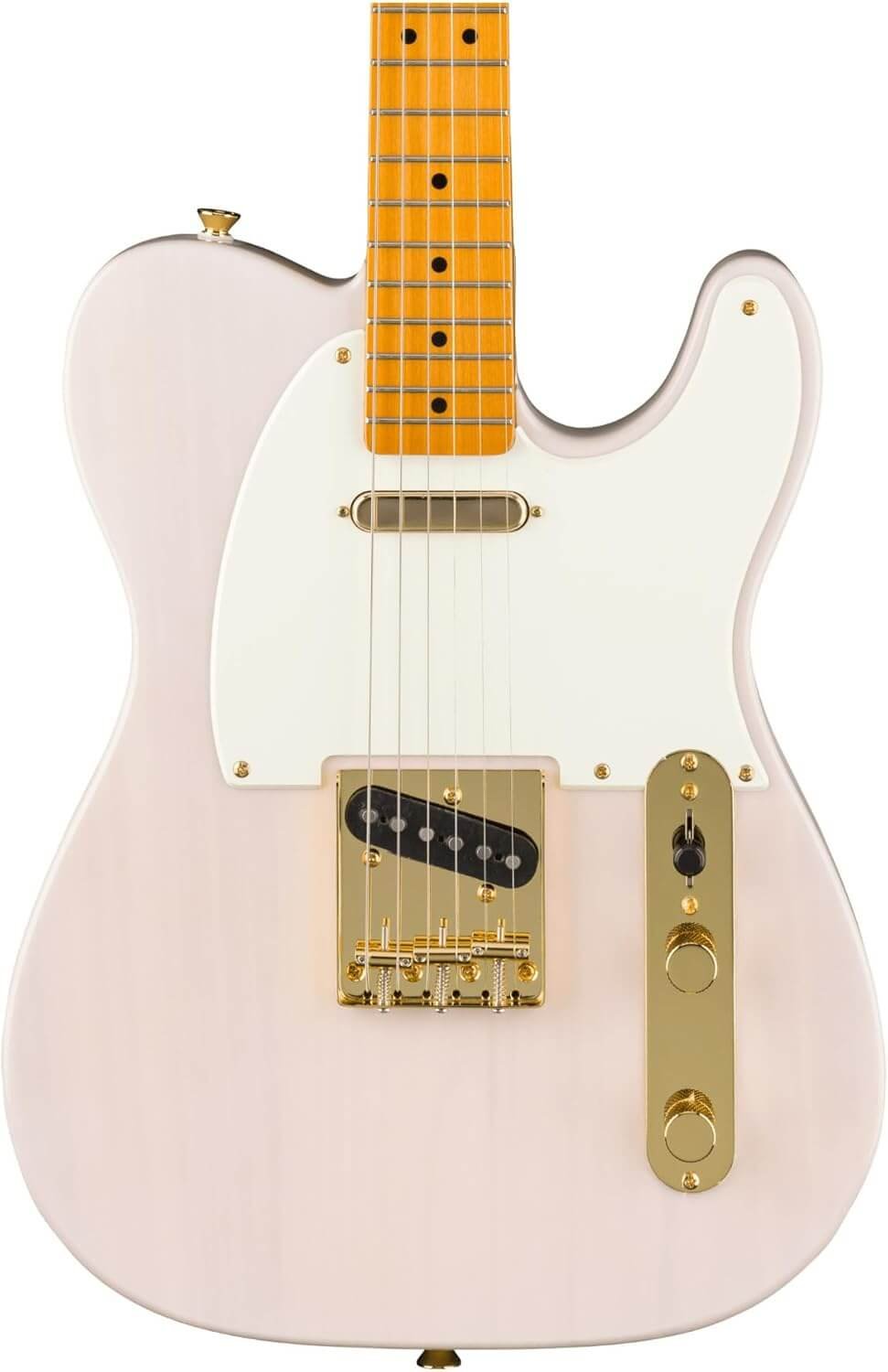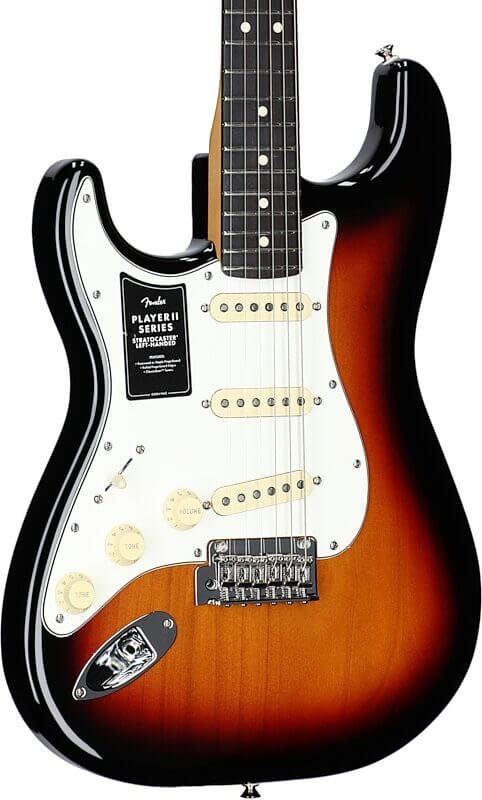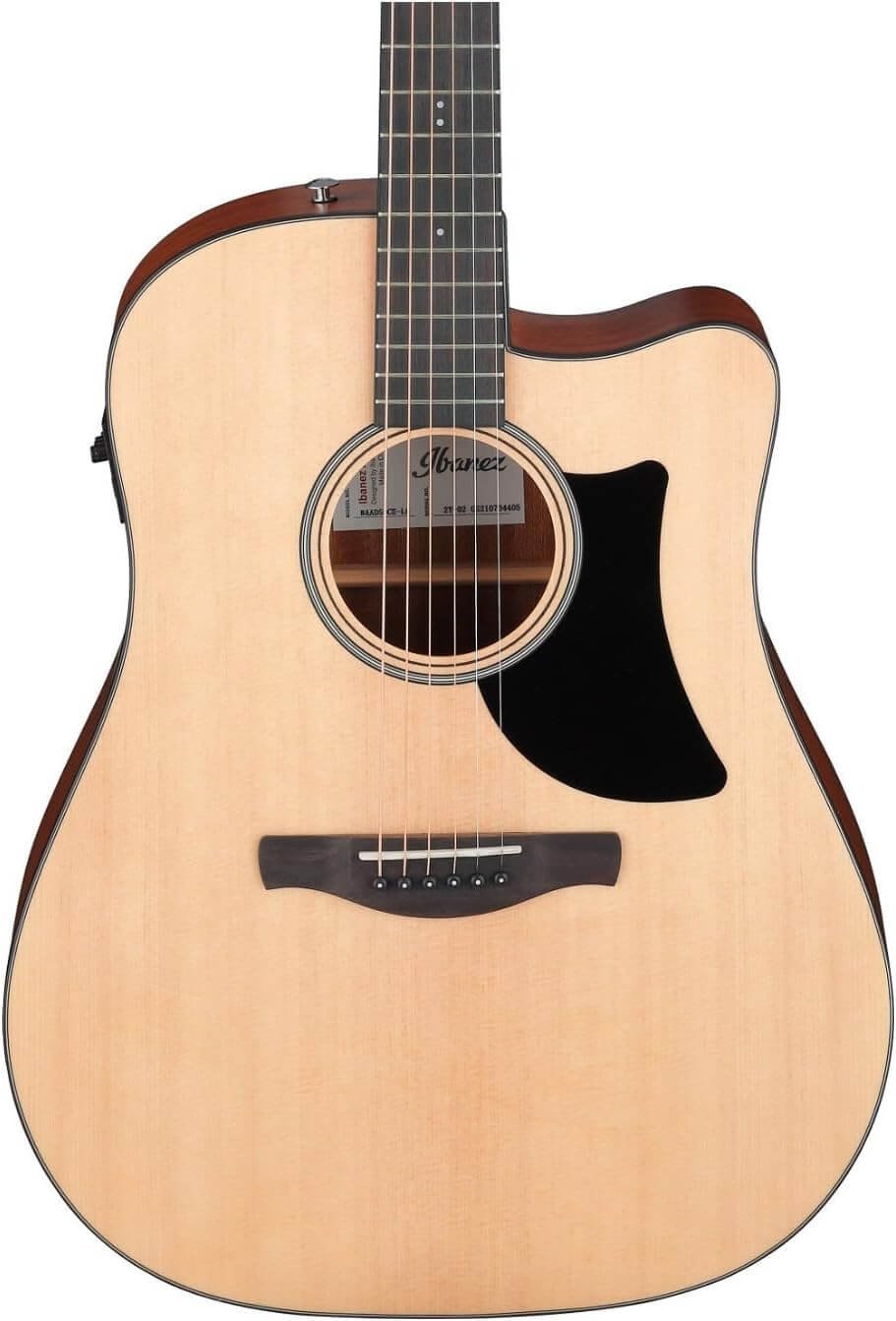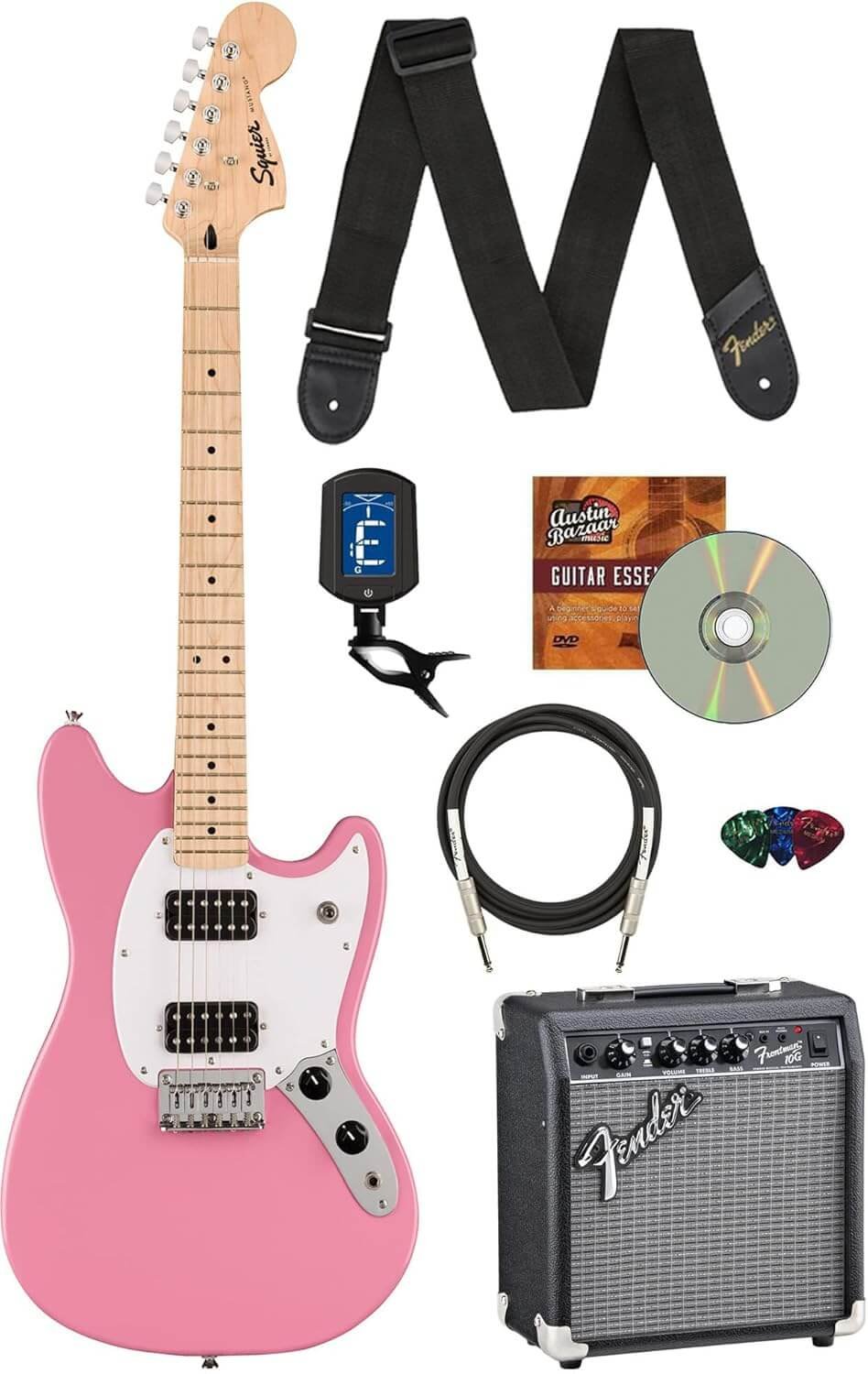Introduction to Chinese Guitar Manufacturing
The Chinese guitar manufacturing industry has experienced remarkable growth over the past few decades, establishing itself as a significant player in the global musical instrument market. China’s entry into guitar production can be traced back to the late 20th century, and since then, it has transformed into a hub known for producing a diverse range of string instruments, including electric, acoustic, and bass guitars. The expansion of this industry can be attributed to increased demand for affordable yet high-quality instruments both domestically and internationally.
Major cities such as Shanghai and Beijing have emerged as key centers for guitar manufacturing. In Shanghai, a bustling metropolis, multiple factories are dedicated to the production of guitars, employing skilled artisans who bring their craftsmanship and attention to detail to each instrument. Beijing, known for its rich cultural heritage, also features guitar makers who fuse traditional influences with modern techniques, creating instruments that resonate with both local and global audiences.
Music holds a significant cultural importance in China, intertwined with various aspects of daily life, educational pursuits, and entertainment. As a result, the growing interest in music has spurred a parallel rise in the demand for musical instruments, especially guitars. This heightened appreciation for music has led to increased investment in quality manufacturing practices, encouraging luthiers to employ advanced technology alongside time-honored methods. Consequently, many Chinese-made guitars are now recognized for their impressive quality, making them appealing options for musicians of all skill levels.
As the Chinese guitar manufacturing sector continues to flourish, it is critically important to consider both the quality of craftsmanship and the cultural contexts within which these instruments are made. The global interest in Chinese-made guitars reflects not only the industry’s growth but also the blending of traditional music with contemporary styles.
History of Guitar Making in China
The history of guitar making in China can be traced back to the early 20th century, when the instrument was first introduced through Western music influences. The arrival of Western missionaries and musicians played a crucial role in familiarizing the Chinese population with the guitar. However, the early production of guitars in China was limited, as manufacturing techniques and materials were still underdeveloped.
It wasn’t until the late 20th century that significant advancements in guitar production began to take shape. As China opened its economy to the world, Western music became immensely popular, leading to a surge in demand for musical instruments. Recognizing this opportunity, local craftsmen and manufacturers entered the growing market by establishing guitar factories. These manufacturers aimed to blend traditional Chinese craftsmanship with modern techniques to produce high-quality instruments.
The 1980s marked a pivotal moment in the history of guitar making in China, as several brands began to emerge. Companies like Shanghai Sunrise and Jiangsu Xinhua began to gain recognition for their well-crafted guitars, reflecting both acoustic excellence and aesthetic appeal. These manufacturers utilized both indigenous materials and imported components, striving to meet international quality standards.
As production capabilities grew, the quality of Chinese guitars improved significantly. The country became known for its ability to produce a wide range of instruments catering to various skill levels and price points. Today, renowned global brands either collaborate with Chinese manufacturers or produce their instruments entirely within the country, further solidifying China’s position in the world of guitar-making.
Significant milestones in the history of guitar production in China have contributed to the current landscape, where quality craftsmanship is emphasized, and a diverse array of brands and styles is available. This evolution has not only enriched the Chinese musical scene but has also enabled Chinese guitar makers to gain international recognition.
Quality of Chinese-Made Guitars
The quality of Chinese-made guitars has seen a significant evolution over the past few decades, warranting a closer examination in comparison to instruments crafted in renowned guitar-making countries such as the USA, Japan, and Spain. Chinese manufacturers have increasingly adopted advanced technology and traditional craftsmanship to produce instruments that can rival their Western counterparts.
One of the key factors contributing to the quality of Chinese guitars is the diverse range of materials used in their construction. Commonly used woods like mahogany, spruce, and rosewood are sourced both locally and internationally, ensuring that the instruments are built to last. Additionally, manufacturers are becoming more selective about their materials, often opting for sustainably sourced woods that enhance both sound quality and durability.
Construction techniques play a crucial role in the overall craftsmanship of these instruments. Many Chinese guitar makers have embraced modern manufacturing processes without sacrificing the essence of traditional craftsmanship. Techniques such as CNC machining ensure precision while skilled artisans oversee final touches, including hand sanding and finishing. This combination of technology and artistry allows for consistent build quality across various price ranges.
Consumer reviews and expert opinions further illustrate the rising reputation of Chinese-made guitars. Numerous players have reported positive experiences with brands like Eastman, Yulong Guo, and Seagull, noting the exceptional playability and sound quality these instruments provide. Expert reviews often emphasize the value for money that Chinese guitars offer, as they frequently deliver features, sound quality, and overall craftsmanship comparable to pricier models from other countries.
In conclusion, while some may still associate Chinese-made guitars with lower quality, the advancements in materials, construction techniques, and craftsmanship have positioned them as competitive options in the global market, attracting both novice and professional musicians alike.
Popular Chinese Guitar Brands to Consider
In recent years, the landscape of guitar manufacturing has seen an impressive rise in Chinese brands, known for their commitment to quality and craftsmanship. Among these, several brands stand out for their dedication to producing instruments that meet the rigorous demands of musicians globally. One notable brand is Eastman Guitars. Founded in 1992, Eastman is acclaimed for its handcrafted instruments that blend traditional techniques with modern technology. Their line of acoustic and electric guitars is characterized by rich tonal quality and intricate aesthetics, with models like the E10D and AR372CE receiving particular praise from guitar enthusiasts.
Another brand worth mentioning is Yamaha, which has established a significant presence in the Chinese guitar market. While Yamaha is a globally recognized name, its products manufactured in China showcase exemplary craftsmanship. The Yamaha FG series is a prime example, offering superb sound, playability, and affordability, making it a favorite among beginners and intermediate players alike.
Seagull Guitars, part of the Godin family, is also gaining traction. Known for their meticulous production process, Seagull blends traditional and innovative woodworking techniques, resulting in instruments with exceptional sound quality. The Seagull S6 Original is particularly notable for its solid cedar top and wild cherry back, which generates a warm, full-bodied tone.
Furthermore, Guild Guitars has released a line manufactured in China, known for its rich heritage and distinctive sound. The brand has carved a niche for itself by offering a variety of models that cater to diverse playing styles. Their D-240E model demonstrates the classic Guild sound dynamic while remaining accessible to a broader audience.
In summary, when considering popular Chinese guitar brands, Eastman, Yamaha, Seagull, and Guild are indicative of the quality and craftsmanship available in this market segment, catering to varying levels of expertise and musical preferences.
The Pros and Cons of Choosing Chinese Guitars
Choosing to purchase a guitar made in China brings various advantages and disadvantages that potential buyers should consider carefully. One of the primary benefits is affordability. Chinese guitars often come at price points significantly lower than their counterparts produced in Western countries, making them accessible to a wider range of musicians, from beginners to seasoned players. This affordability does not necessarily equate to poor quality; certain brands have established reputations for producing high-quality instruments that rival more expensive options.
Another advantage is the diversity of options available. The Chinese guitar market offers an extensive array of styles, designs, and specifications. Whether a guitarist is looking for an acoustic, electric, or bass guitar, they are likely to find a model that suited to their preferences. This variety can also cater to niche requirements, allowing musicians to experiment with different sound qualities and aesthetics without breaking the bank. Some of these guitars showcase exceptional craftsmanship, particularly from well-known manufacturers who invest in skilled artisanship.
However, there are also notable drawbacks to consider. One significant concern is the inconsistency in production quality across different brands and models. While some Chinese manufacturers produce high-quality guitars, others may not meet acceptable standards, leading to variations in tone, durability, and overall playability. Additionally, brand reputation can be a factor; some consumers may hesitate to invest in a guitar from a manufacturer they perceive as lesser-known or lacking a storied legacy.
Lastly, the logistical aspect of customer service should not be overlooked. Purchasing a guitar from local makers often ensures direct support and easier communication, while international transactions with Chinese manufacturers might present complications. Considering these pros and cons is crucial for any musician contemplating the purchase of a Chinese-made guitar.
Customer Experiences and Testimonials
Customer experiences and testimonials play a crucial role in understanding the value and quality of Chinese guitars. Many buyers have praised the craftsmanship and affordability of instruments manufactured in China. One satisfied customer shared their experience with a particular brand, highlighting the rich tone and playability of the guitar. They noted that it exceeded their expectations in terms of sound quality, often comparing it favorably to more expensive models from renowned American and European brands.
Another positive testimonial emphasized the aesthetics of their Chinese-made guitar, which was beautifully crafted and featured intricate detailing that enhanced its visual appeal. This particular customer expressed appreciation for the overall construction quality and how it stood up to regular use without any noticeable wear. These sentiments resonate across multiple online forums where enthusiasts often recommend Chinese guitars for those seeking a budget-friendly yet high-quality option.
However, not all experiences have been positive. Some buyers have reported issues regarding quality control, where they encountered problems such as fret buzzing or finishing inconsistencies. A particular customer recounted their disappointment after receiving a guitar that had sharp frets and an unresponsive pickup system. This feedback highlights the importance of purchasing from reputable manufacturers who place an emphasis on quality assurance.
It is worth noting that customer service has also been a recurring theme in testimonials. Several buyers expressed dissatisfaction with the responsiveness of certain brands when addressing warranty claims or repairs, indicating that the level of support varies between manufacturers. Potential buyers are encouraged to research the brand’s reputation before making a purchase to ensure a satisfactory experience.
In conclusion, while the experiences of customers vary regarding Chinese guitars, their feedback underscores the potential benefits and drawbacks of investing in these instruments. Buyers are advised to weigh these insights carefully to make informed decisions when choosing a Chinese-made guitar.
The Future of Chinese Guitar Manufacturing
The future of Chinese guitar manufacturing appears promising, driven by a combination of technological advancements, evolving global demand, and a commitment to quality improvement. As China’s manufacturing sector continues to modernize, the integration of innovative production techniques and state-of-the-art machinery is expected to enhance the quality and consistency of guitars produced in the country. This investment in technology is significant as it enables manufacturers to compete with established brands across the globe while maintaining cost-effectiveness.
Moreover, the demand for musical instruments, particularly guitars, is experiencing a resurgence worldwide. With an increasing number of musicians, both amateur and professional, there is likely to be higher demand for affordable yet high-quality instruments. Chinese manufacturers are strategically positioned to cater to this growing market. By focusing on customer preferences and offering customized options, they can capture a more significant share of the global market, which will contribute to the sector’s growth.
However, this promising future does not come without challenges. Global competition is on the rise, with brands in other countries stepping up their game and pushing for higher standards of craftsmanship. To remain relevant, Chinese guitar makers must prioritize quality and sustainability. Additionally, there is the issue of intellectual property rights; as the industry grows, manufacturers will need to navigate the complex landscape of international regulations and standards.
In conclusion, the trajectory of Chinese guitar manufacturing is likely to be characterized by both opportunities and challenges. By leveraging technological advancements and staying attuned to global market demands, Chinese manufacturers can enhance their competitiveness while also addressing quality concerns that have historically plagued the industry. The potential for growth remains significant if these manufacturers adapt proactively to evolving standards and customer expectations.
Comparing Chinese Guitars with Other Options
When considering the purchase of a guitar, one critical aspect to evaluate is the country of origin. Chinese guitars have gained significant recognition for their value, quality, and craftsmanship. However, it is necessary to compare them with instruments produced in other nations to facilitate an informed decision. The major contenders often include guitars made in countries like the United States, Canada, Japan, and Mexico.
One of the most noticeable differences is the pricing of guitars. Chinese manufacturers typically offer more affordable options than their counterparts in Western countries. This affordability does not necessarily equate to lower quality; many Chinese guitars are produced using advanced technology and skilled labor. In contrast, while guitars from the United States or Japan tend to command higher prices due to their renowned heritage and craftsmanship, this might not always guarantee better sound quality or playability.
Quality is another crucial factor when comparing Chinese guitars with alternatives. Many Chinese brands have earned a reputation for producing high-quality instruments that rival those made in more expensive regions. For example, some Chinese guitar manufacturers offer solid wood construction and meticulous attention to detail, which can compete effectively with similar models from more established brands. On the other hand, experienced luthiers in the U.S. and Japan are known for their artisanal techniques and decades of craftsmanship, which can contribute to superior overall sound and aesthetic qualities.
Resale value is yet another consideration. Traditionally, guitars made in the U.S. or Europe tend to hold their value better over time compared to many Chinese models. This can be a significant factor for buyers who consider guitars as both a musical instrument and an investment. Nevertheless, the gap is narrowing as Chinese-made guitars continue to improve in reputation, and some brands have become sought after in the used market.
Conclusion
In considering whether to choose a Chinese guitar, it’s essential to reflect on the quality, craftsmanship, and value that these instruments offer. Chinese guitar makers have garnered a reputation for producing a range of high-quality instruments that cater to various playing styles and preferences. The allure of affordable prices without compromising sound quality makes them an attractive option for both beginner and experienced musicians alike.
The craftsmanship displayed in many Chinese-made guitars is commendable, with several manufacturers investing heavily in skilled artisanship and innovative designs. These guitars often incorporate traditional construction methods alongside modern technologies, resulting in instruments that not only look appealing but also deliver impressive tonal qualities. Consequently, artists may find that a Chinese guitar meets their artistic needs while adhering to budget constraints.
However, potential buyers should consider the nuances associated with purchasing a Chinese guitar. It is vital to evaluate personal preferences in terms of sound, feel, and aesthetic appeal. While the price point is a significant advantage, it is essential to observe that some lower-end models may not deliver the same consistency in quality as their higher-end counterparts. Additionally, the model selection can be vast, necessitating thorough research and hands-on testing to find the right fit for individual playing styles.
Ultimately, the decision to choose a Chinese guitar comes down to an individual’s specific needs and preferences. Whether you are a seasoned player searching for a professional-grade instrument or a novice seeking an affordable yet dependable guitar, there is likely a Chinese-made option that meets your criteria. As the market continues to evolve, these guitars remain a viable consideration for musicians worldwide.

